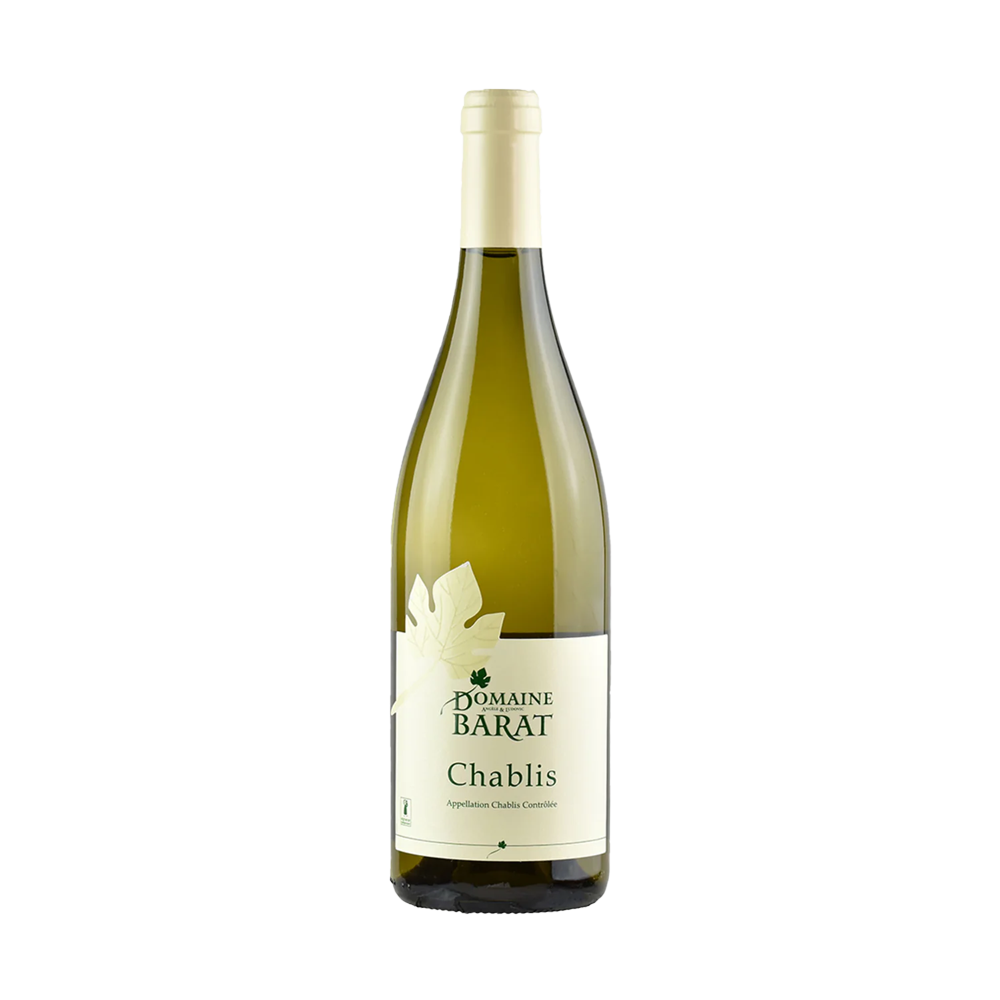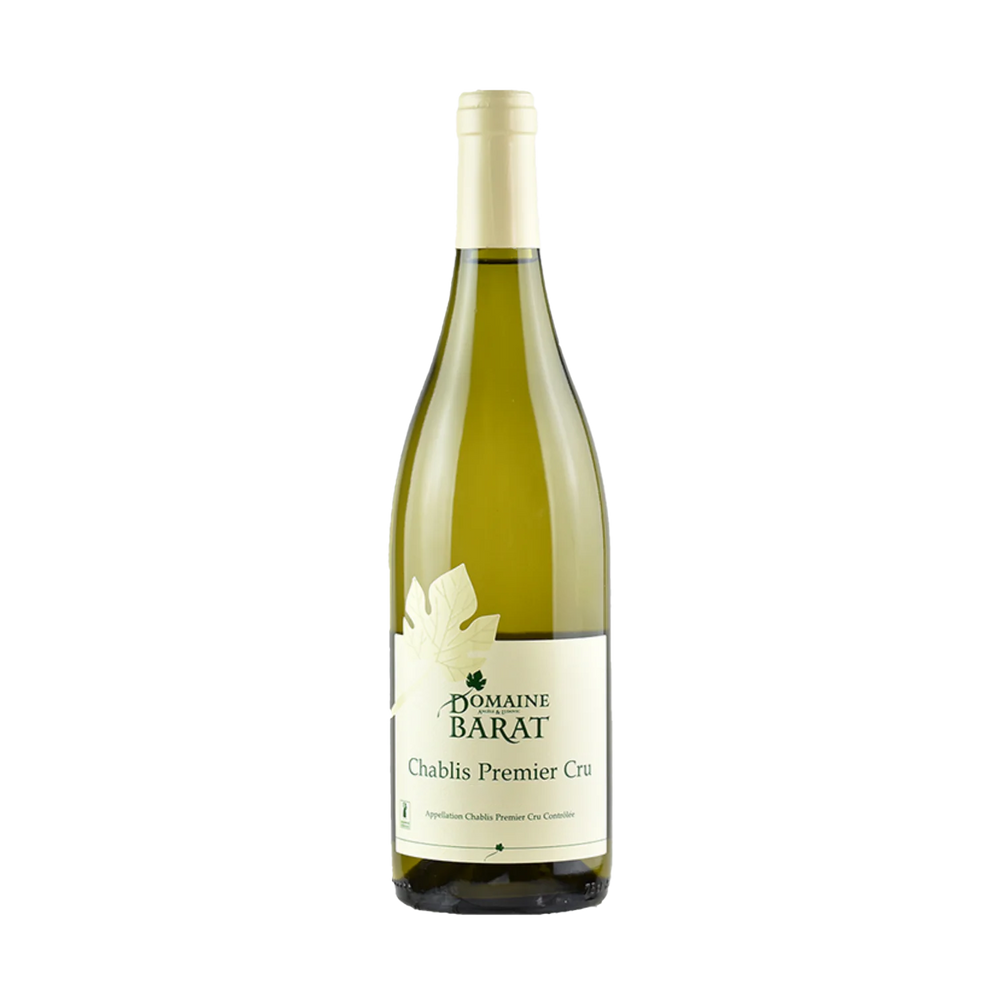White Wine
Filter by
Filter by
-
NR-

RP: Robert Parker
WA: Wine Advocate
WE: Wine Enthusiast
JS: James Suckling
JD: Jeb Dunnuck
GM: Gault & Millau
AL: Andreas Larsson
VV: Vivino Community
NR: Not Yet Rated
Ventoux from Rhône Valley, FranceVia Caritatis Lux Amoris WhiteRegular price $56.00Sale price $56.00 Regular price -
JS91VV4.1

RP: Robert Parker
WA: Wine Advocate
WE: Wine Enthusiast
JS: James Suckling
JD: Jeb Dunnuck
GM: Gault & Millau
AL: Andreas Larsson
VV: Vivino Community
NR: Not Yet Rated
Weissburgunder from Pfalz, GermanyOdinstal Weissburgunder 350 N.N.Regular price $49.00Sale price $49.00 Regular price -
RP94JS94VV4.2

RP: Robert Parker
WA: Wine Advocate
WE: Wine Enthusiast
JS: James Suckling
JD: Jeb Dunnuck
GM: Gault & Millau
AL: Andreas Larsson
VV: Vivino Community
NR: Not Yet Rated
Riesling from Pfalz, GermanyOdinstal Vulkan RieslingRegular price $54.00Sale price $54.00 Regular price -
NR-

RP: Robert Parker
WA: Wine Advocate
WE: Wine Enthusiast
JS: James Suckling
JD: Jeb Dunnuck
GM: Gault & Millau
AL: Andreas Larsson
VV: Vivino Community
NR: Not Yet Rated
Ventoux from Rhône Valley, FranceVia Caritatis Vox WhiteRegular price $34.00Sale price $34.00 Regular price -
RP92VV3.9

RP: Robert Parker
WA: Wine Advocate
WE: Wine Enthusiast
JS: James Suckling
JD: Jeb Dunnuck
GM: Gault & Millau
AL: Andreas Larsson
VV: Vivino Community
NR: Not Yet Rated
Silvaner from Pfalz, GermanyOdinstal Nakt SilvanerRegular price $39.00Sale price $39.00 Regular price -
JS94RP92+VV4.2

RP: Robert Parker
WA: Wine Advocate
WE: Wine Enthusiast
JS: James Suckling
JD: Jeb Dunnuck
GM: Gault & Millau
AL: Andreas Larsson
VV: Vivino Community
NR: Not Yet Rated
Riesling from Pfalz, GermanyOdinstal Basalt RieslingRegular price $54.00Sale price $54.00 Regular price -
NR-

RP: Robert Parker
WA: Wine Advocate
WE: Wine Enthusiast
JS: James Suckling
JD: Jeb Dunnuck
GM: Gault & Millau
AL: Andreas Larsson
VV: Vivino Community
NR: Not Yet Rated
Terre Siciliane from Sicily, ItalyMortellito Cala Ìancu Bianco Terre SicilianeRegular price $29.00Sale price $29.00 Regular price -
NR-

RP: Robert Parker
WA: Wine Advocate
WE: Wine Enthusiast
JS: James Suckling
JD: Jeb Dunnuck
GM: Gault & Millau
AL: Andreas Larsson
VV: Vivino Community
NR: Not Yet Rated
Terre Siciliane from Sicily, ItalyMortellito Viarìa Moscato Bianco Terre SicilianeRegular price $29.00Sale price $29.00 Regular price -
JS92AL92

RP: Robert Parker
WA: Wine Advocate
WE: Wine Enthusiast
JS: James Suckling
JD: Jeb Dunnuck
GM: Gault & Millau
AL: Andreas Larsson
VV: Vivino Community
NR: Not Yet Rated
Vin de l'Atlantique from Bordeaux, FranceChâteau La Fleur de Boüard ChardonnayRegular price $38.00Sale price $38.00 Regular price -
NR-

RP: Robert Parker
WA: Wine Advocate
WE: Wine Enthusiast
JS: James Suckling
JD: Jeb Dunnuck
GM: Gault & Millau
AL: Andreas Larsson
VV: Vivino Community
NR: Not Yet Rated
Ventoux from Rhône Valley, FranceVentoux Lux Red, White, Rosé SetRegular price $162.00Sale price $162.00 Regular priceSave 5%$171.00 -
NR-

RP: Robert Parker
WA: Wine Advocate
WE: Wine Enthusiast
JS: James Suckling
JD: Jeb Dunnuck
GM: Gault & Millau
AL: Andreas Larsson
VV: Vivino Community
NR: Not Yet Rated
Ventoux from Rhône Valley, FranceVentoux Red, White, Rosé Intro SetRegular price $94.00Sale price $94.00 Regular priceSave 9%$103.00 -
NR-

RP: Robert Parker
WA: Wine Advocate
WE: Wine Enthusiast
JS: James Suckling
JD: Jeb Dunnuck
GM: Gault & Millau
AL: Andreas Larsson
VV: Vivino Community
NR: Not Yet Rated
Terre Siciliane from Sicily, ItalySicilian Intro SetRegular price $78.00Sale price $78.00 Regular priceSave 10%$87.00 -
VV3.8

RP: Robert Parker
WA: Wine Advocate
WE: Wine Enthusiast
JS: James Suckling
JD: Jeb Dunnuck
GM: Gault & Millau
AL: Andreas Larsson
VV: Vivino Community
NR: Not Yet Rated
Grüner Veltliner from Niederösterreich, AustriaZillinger 'Neuland' Grüner VeltlinerRegular price $30.00Sale price $30.00 Regular price -
RP92+VV4.1

RP: Robert Parker
WA: Wine Advocate
WE: Wine Enthusiast
JS: James Suckling
JD: Jeb Dunnuck
GM: Gault & Millau
AL: Andreas Larsson
VV: Vivino Community
NR: Not Yet Rated
Riesling from Pfalz, GermanyOdinstal Riesling 120 N.N.Regular price $35.00Sale price $35.00 Regular price -
NR—

RP: Robert Parker
WA: Wine Advocate
WE: Wine Enthusiast
JS: James Suckling
JD: Jeb Dunnuck
GM: Gault & Millau
AL: Andreas Larsson
VV: Vivino Community
NR: Not Yet Rated
Chablis from Burgundy, FranceDomaine Barat ChablisRegular price $44.00Sale price $44.00 Regular price -
NR—

RP: Robert Parker
WA: Wine Advocate
WE: Wine Enthusiast
JS: James Suckling
JD: Jeb Dunnuck
GM: Gault & Millau
AL: Andreas Larsson
VV: Vivino Community
NR: Not Yet Rated
Chablis from Burgundy, FranceDomaine Barat Chablis Premier Cru Côte de LéchetRegular price $59.00Sale price $59.00 Regular price -
VV4.0

RP: Robert Parker
WA: Wine Advocate
WE: Wine Enthusiast
JS: James Suckling
JD: Jeb Dunnuck
GM: Gault & Millau
AL: Andreas Larsson
VV: Vivino Community
NR: Not Yet Rated
Bourgogne Blanc from Burgundy, FranceDomaine Bzikot Bourgogne Côte d'Or ChardonnayRegular price $44.00Sale price $44.00 Regular price -
VV4.0

RP: Robert Parker
WA: Wine Advocate
WE: Wine Enthusiast
JS: James Suckling
JD: Jeb Dunnuck
GM: Gault & Millau
AL: Andreas Larsson
VV: Vivino Community
NR: Not Yet Rated
Puligny-Montrachet from Burgundy, FranceDomaine Bzikot Puligny-MontrachetRegular price $79.00Sale price $79.00 Regular price -
VV4.2

RP: Robert Parker
WA: Wine Advocate
WE: Wine Enthusiast
JS: James Suckling
JD: Jeb Dunnuck
GM: Gault & Millau
AL: Andreas Larsson
VV: Vivino Community
NR: Not Yet Rated
Puligny-Montrachet Premier Cru from Burgundy, FranceDomaine Bzikot Puligny-Montrachet 1er Cru Les PerrièresRegular price $145.00Sale price $145.00 Regular price -
VV4.0

RP: Robert Parker
WA: Wine Advocate
WE: Wine Enthusiast
JS: James Suckling
JD: Jeb Dunnuck
GM: Gault & Millau
AL: Andreas Larsson
VV: Vivino Community
NR: Not Yet Rated
Assortment from Burgundy, FranceDomaine Bzikot Discovery SetRegular price $245.00Sale price $245.00 Regular priceSave 9%$269.00 -
VV4.0

RP: Robert Parker
WA: Wine Advocate
WE: Wine Enthusiast
JS: James Suckling
JD: Jeb Dunnuck
GM: Gault & Millau
AL: Andreas Larsson
VV: Vivino Community
NR: Not Yet Rated
Chardonnay from Napa Valley, United StatesGlenville Napa Valley ChardonnayRegular price $34.00Sale price $34.00 Regular price -
VV4.1

RP: Robert Parker
WA: Wine Advocate
WE: Wine Enthusiast
JS: James Suckling
JD: Jeb Dunnuck
GM: Gault & Millau
AL: Andreas Larsson
VV: Vivino Community
NR: Not Yet Rated
Pouilly-Fuissé from Burgundy, FranceDomaine Thibert Pere et Fils Pouilly-Fuissé HéritageRegular price $54.00Sale price $54.00 Regular price -
VV4.1

RP: Robert Parker
WA: Wine Advocate
WE: Wine Enthusiast
JS: James Suckling
JD: Jeb Dunnuck
GM: Gault & Millau
AL: Andreas Larsson
VV: Vivino Community
NR: Not Yet Rated
Terrasses du Larzac from Languedoc, FranceDomaine de l'Accent 'Accenteur' Mont BaudileRegular price $34.00Sale price $34.00 Regular price -

RP: Robert Parker
WA: Wine Advocate
WE: Wine Enthusiast
JS: James Suckling
JD: Jeb Dunnuck
GM: Gault & Millau
AL: Andreas Larsson
VV: Vivino Community
NR: Not Yet Rated
Trebbiano from Umbria, ItalyMarco Merli 'Brucisco' Bianco 2020Regular price $43.00Sale price $43.00 Regular price
White Wine
The Spectrum of White Wines
White wines offer a diverse range of styles, from crisp and light to rich and full-bodied. While hundreds of white grape varieties exist, a select few dominate commercial production. Popular varieties include Chardonnay, known for its versatility and potential for oak influence; Sauvignon Blanc, prized for its crisp, aromatic profile; and Riesling, celebrated for its ability to produce wine from tasting bone-dry to lusciously sweet.
The Craft of White Wine Production
Unlike red wines, white wine production typically involves quickly separating grape juice from skins after harvest. Fermentation occurs at cooler temperatures to preserve fresh aromatics and fruit flavors. Winemakers may choose to age the wine on its lees for added texture, initiate malolactic fermentation for a creamy quality, or use oak barrels for additional complexity. These choices significantly influence the wine's final character and style.
Enjoying and Pairing White Wines
Serving temperature is key to enjoying white wines. Aim for 45°F to 55°F, adjusting based on the wine's body. Light-bodied whites are best enjoyed at cooler temperatures, while fuller-bodied wines can be served slightly warmer to enhance their flavors. When pairing with food, consider matching the wine's intensity to the dish. Crisp whites like Sauvignon Blanc pair well with light salads and seafood, while richer Chardonnays complement poultry and creamy dishes. The versatility of white wines makes them excellent companions to a wide range of cuisines.
























